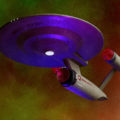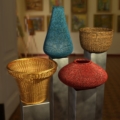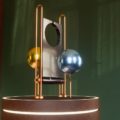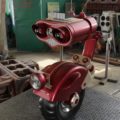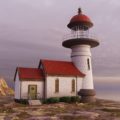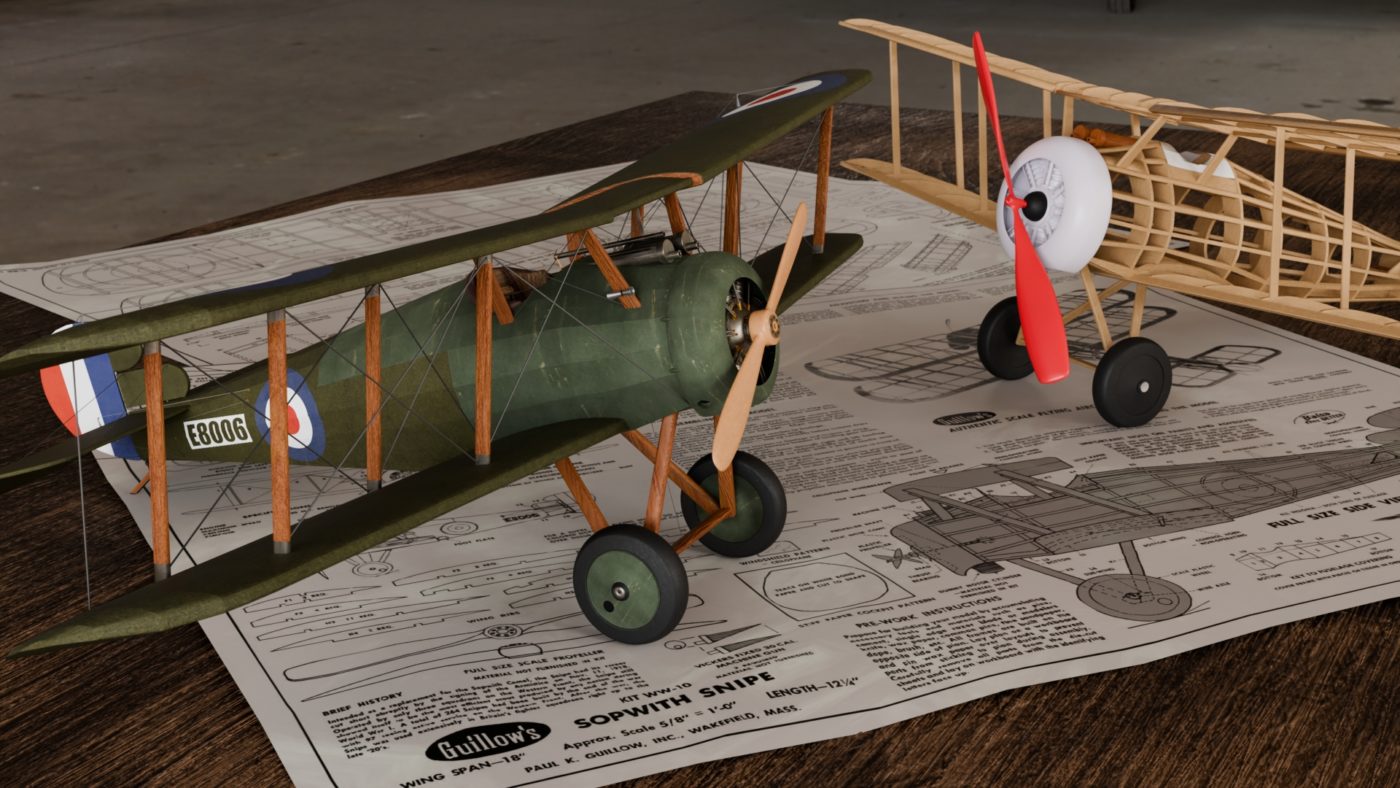
Recreating a model Sopwith Snipe in Blender 3D from plans originally published by Guillow’s in 1963.
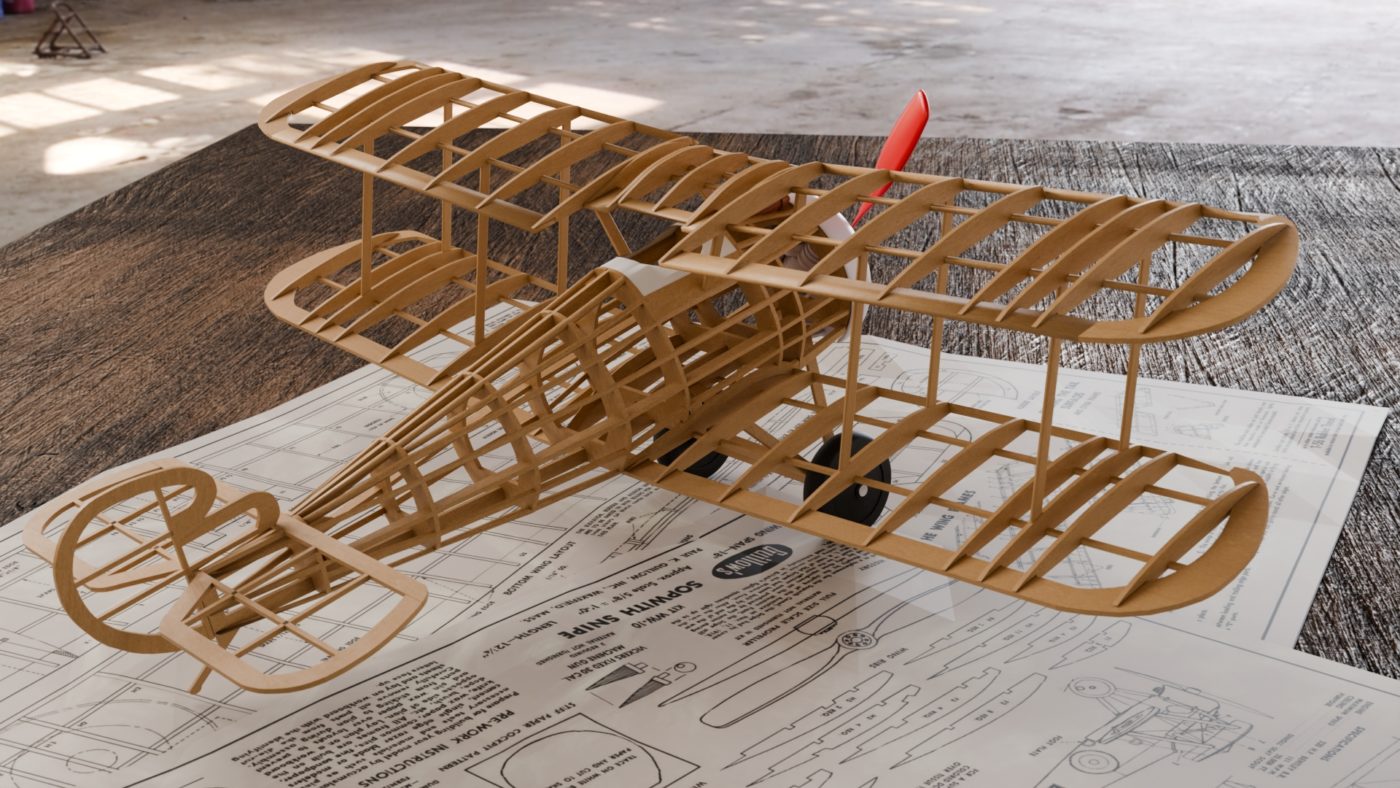
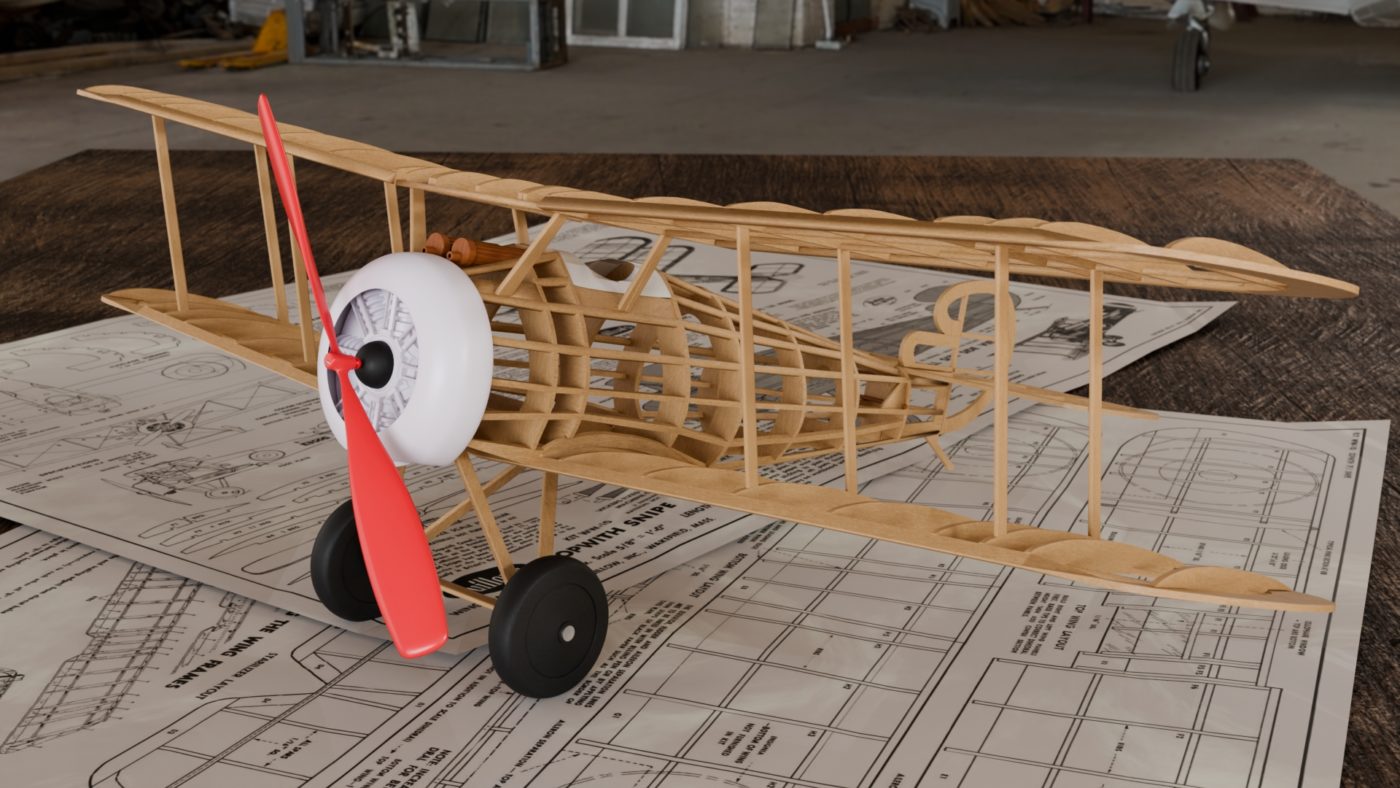
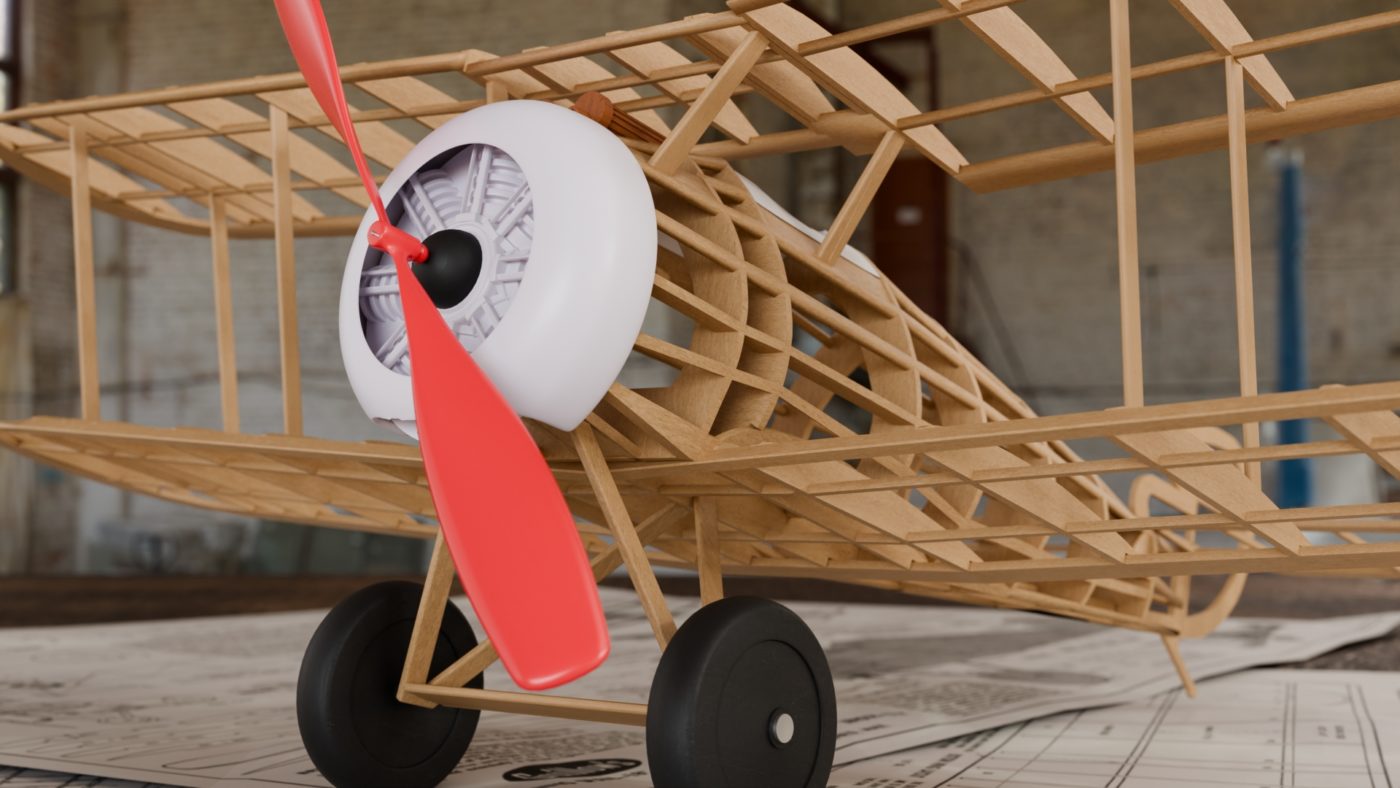
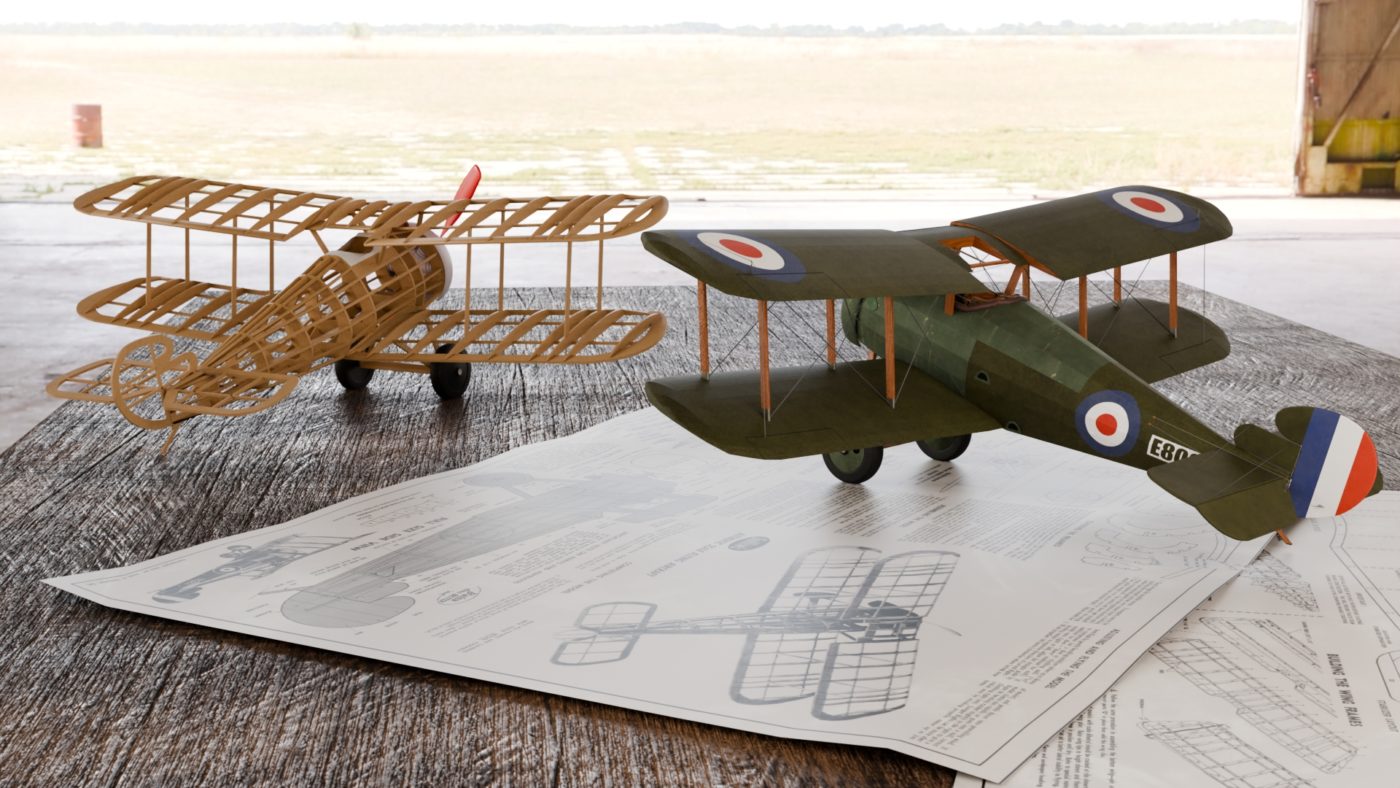
It has proven difficult to nail-down the exact year that Guillow’s introduced the Sopwith Snipe 18″ wingspan kit – but it was discontinued in 1963 (which is the copyright year on these plans – so it may be the only year it was made – it was also, coincidentally, the year I was born). Apparently they also made a 28″ wingspan version. This particular model was probably canceled because there is little difference between the Snipe and the more well-known Sopwith Camel (famously flown by Snoopy!), so I’m sure the Camel just out-sold it. The 28″ Camel Model is still in production: https://www.guillow.com/sopwithcamel.aspx
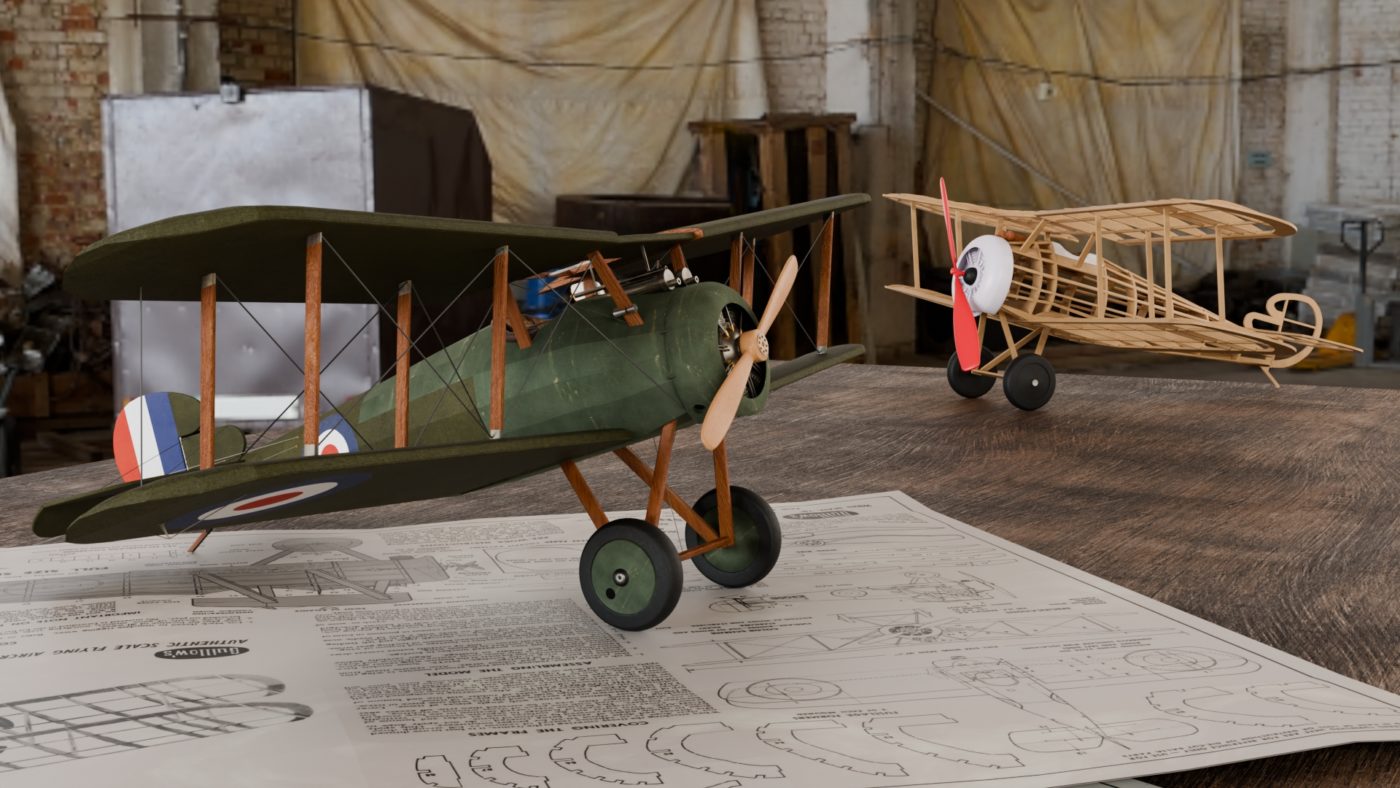
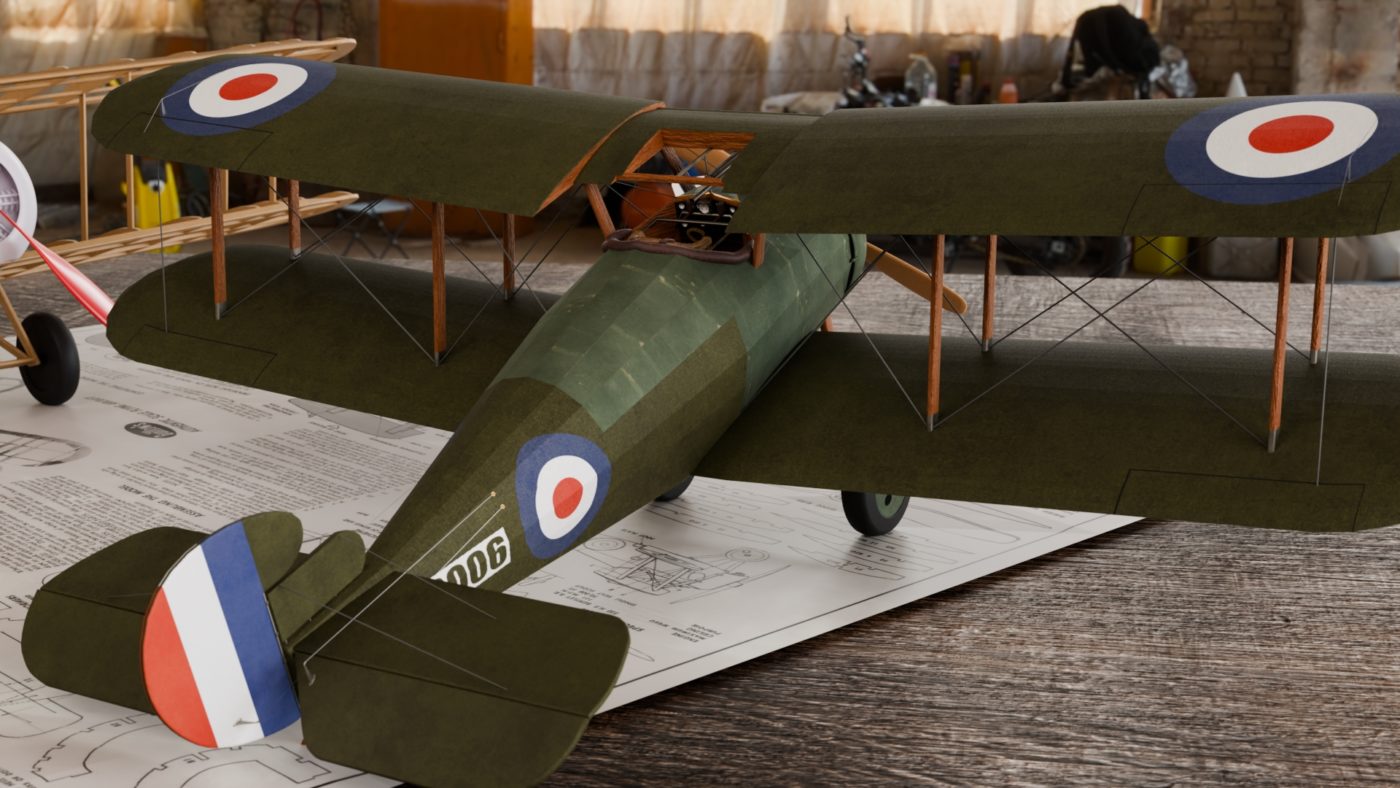
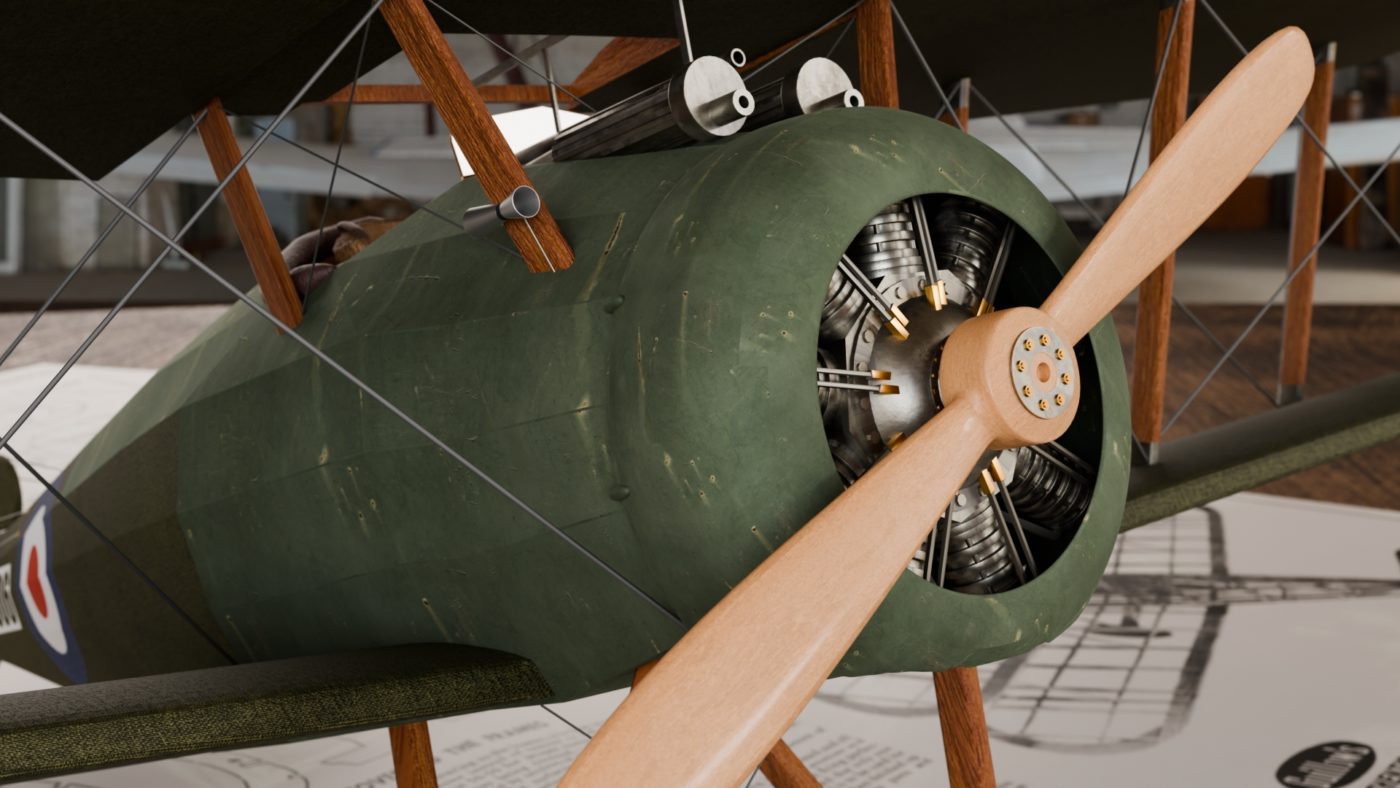
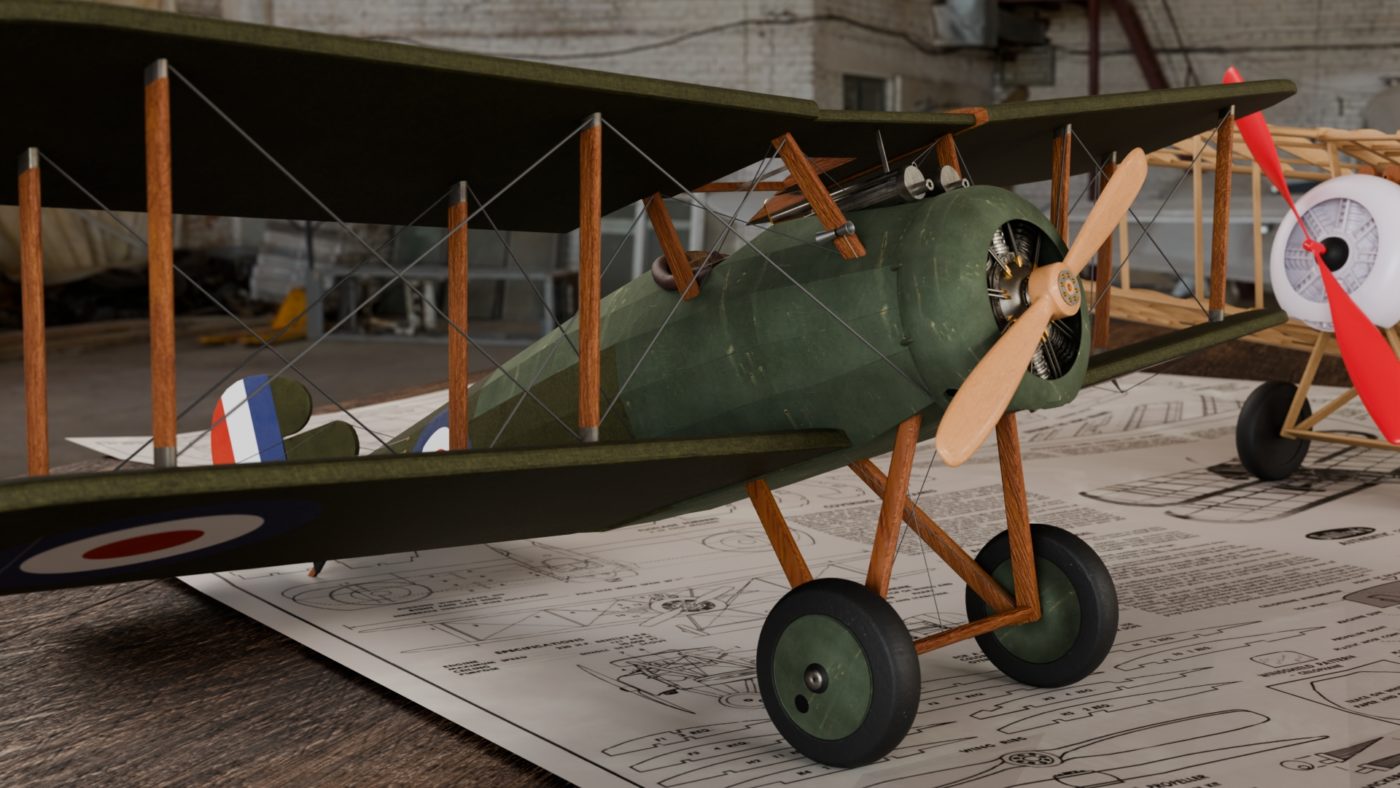
NEW MODELS FOR OLD
or “Building your own Paradigm Shift”
As I’ve probably mentioned elsewhere, I was heavily into model-building when I was a kid. Mostly the plastic ones – but a real challenge was building one of the balsa-wood-and-tissue models, like those made by Guillow’s. These were mostly a collection of balsa sticks, some die-stamped parts on sheets of thin balsa (in the pre-laser-cut days), sheets of tissue paper, a handful of plastic parts, and the “plans”. Unlike plastic models with their “glue-part-A-to-part-B” diagrams, these balsa models contained a set of blueprint-like plans that you literally built the model right on top of. The quality of your results was equal to the amount of time and patience you put into it multiplied by your skill. But even if it wound up looking a little shabby, the effort you had put into building it still made you feel like you had accomplished something more than just gluing pre-formed parts together.
So you’ve heard of a “second childhood”? Well I’m way past that, and I used to measure the number of my childhoods by how many times I’ve had the urge to build one of these balsa-wood models. I lost track, but I’ve built several as an adult by now. It really is an adult hobby anyway (said the overgrown kid in defense of his toys… and self-esteem).
Now that I’ve gone digital with the other Arts in my life (photography, painting) I thought I would see if I could apply my newfound love of digital 3D modeling to recreate the experience of building one of those old Guillows models. And I’ll note that I’d need to make everything myself – I wouldn’t have any die-or-laser-cut-anything, little plastic wheels and big-dumb-propeller, etc. – though not having to deal with razors, glue, and yards of fussy tissue paper are actually a blessing. So I found a set of original plans, and started from scratch…
After experimenting, I decided to make two models – here’s why: In the actual real-world modeling process, I’d first cut-and-trim all the wood pieces, assemble and glue them together, then “wrap” the whole thing in tissue paper. This can all be done in digital 3D, and I’ll note that “shrink-wrapping” digital-tissue over this framework produces the same mixed-results as it does in real life. (That always was the fussiest part!) In either case you wind up with an unpainted, undecorated model – but there are other parallels to the actual world going on here too…
When building the real thing, you’d decide at some point if you were building it to actually fly, or just for display. If you were going to try flying it you couldn’t add a lot of heavy coats of paint or extra detail like wires that would produce drag. But if you were building it for display you could go all-out and detail it as much as your skill would allow. Now the thing is, if you just wanted to build the model with 3D software, you wouldn’t bother to make a bunch of parts that were never going to be seen. Even going by the same plans, you’d still only make the “outside” of the model – probably starting from primitive shapes like a cylinder for the body. (Another parallel is that if you intended it to “fly” in a 3D world like a video game, you’d also want to make it as “lite” as possible, byte-wise.)
So in order to extend the experience (and maximize my play-time), I made both a “Flying Model” and a “Display Model”. The Flying Model is shown assembled with it’s plastic parts and the big (dumb) red propeller meant for rubber-band-powered flight – but without any of the tissue covering. (Some models were even meant to be built and displayed this way – like this B-24 Liberator.) Nothing else on the Flying Model has been painted and no rigging wires have been added. I don’t believe it came with little plastic machine guns (though they may have been vacuum-formed like the engine & cowling), so I added a pair that could have been made from simple wooden dowels, and later painted metallic on the Display Model.
The Display Model was made from exactly the same plans, but in the more traditional 3D-software way. While I was capable of adding much more detail, keep in mind that I intended these to look like a “model of a model”, and not a real airplane. They are even made to scale in the 3D environment, having 18″ wingspans – and I have them displayed on top of the plans, and using a background image from inside of an airplane hanger, no less. (What a great place to build model airplanes!)
Blender is free – and so are lots of plans… Try it yourself! (And while Guillow’s kit’s are not free, you may find them less challenging than learning Blender – so by all means, try those too!)

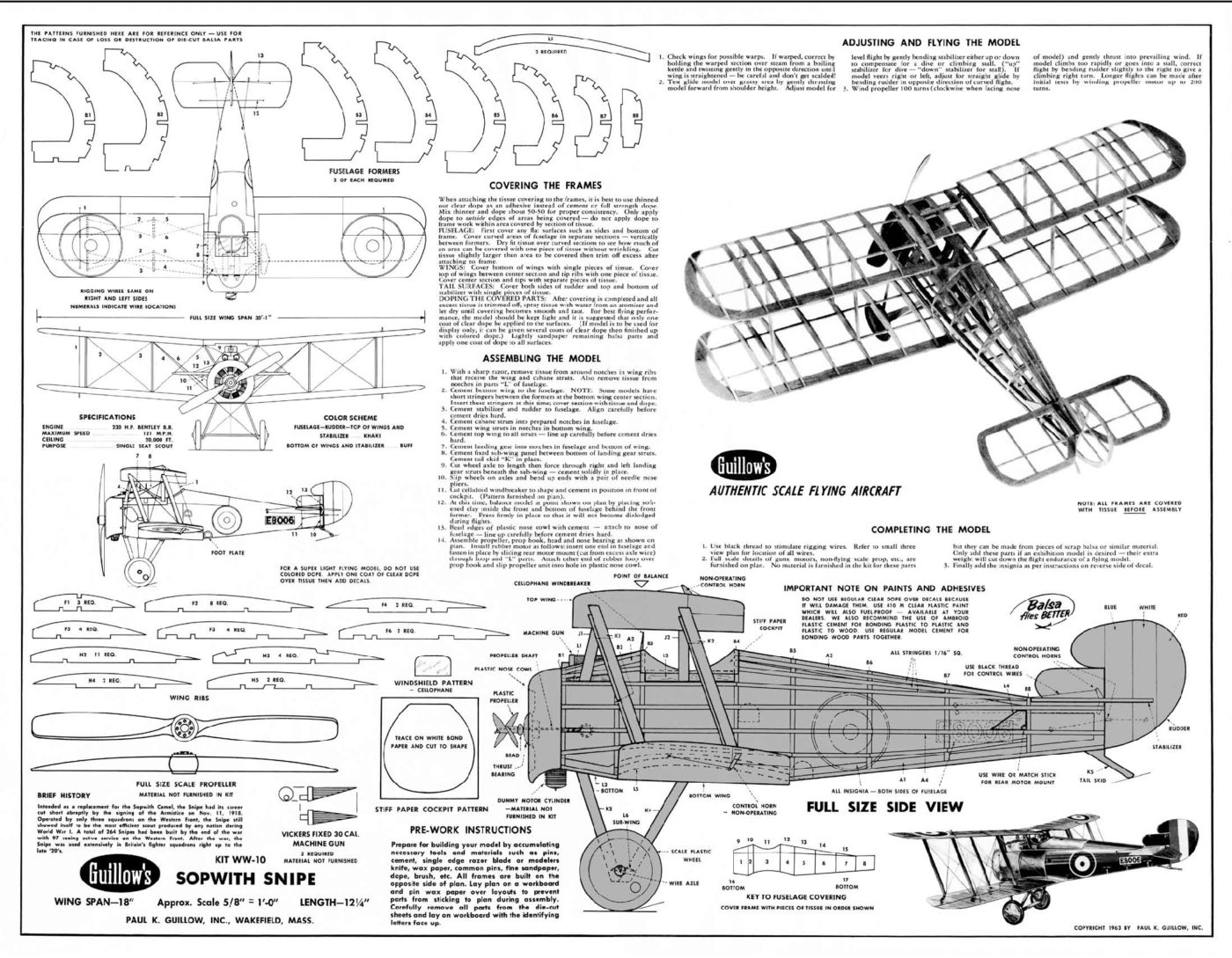
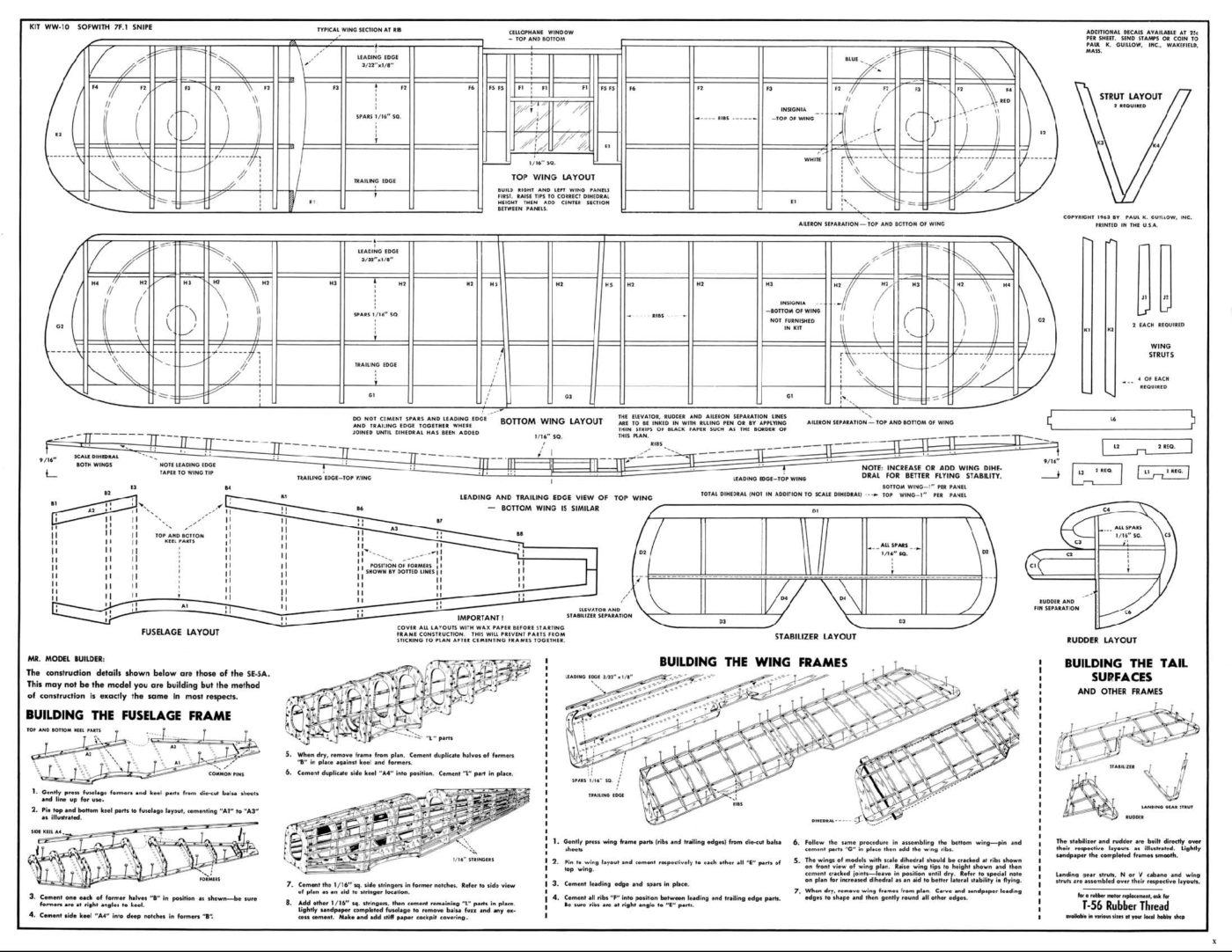
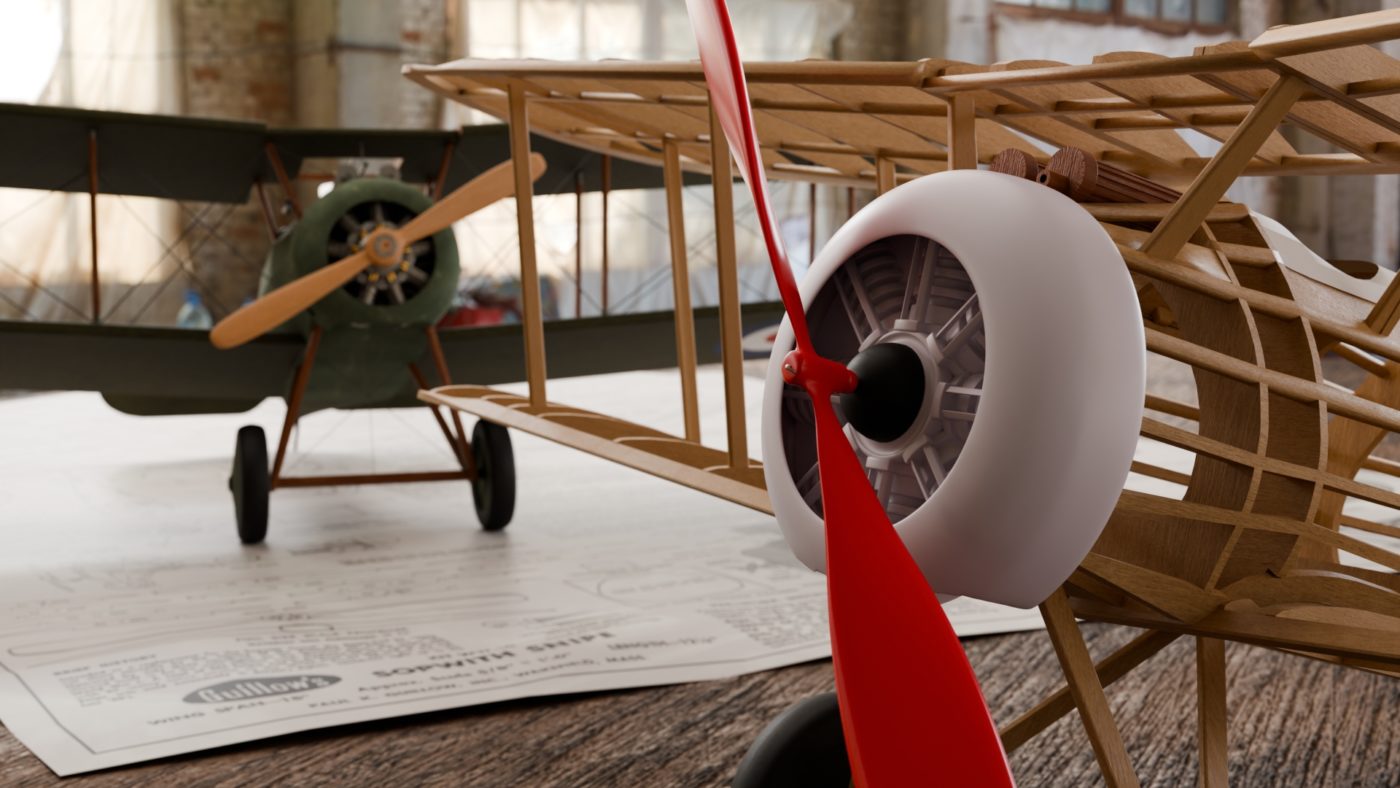
Made in Blender 4.1 – Rendered with Cycles (4,096 samples).
Background HDRI/Lighting: https://polyhaven.com/a/small_hangar_01
